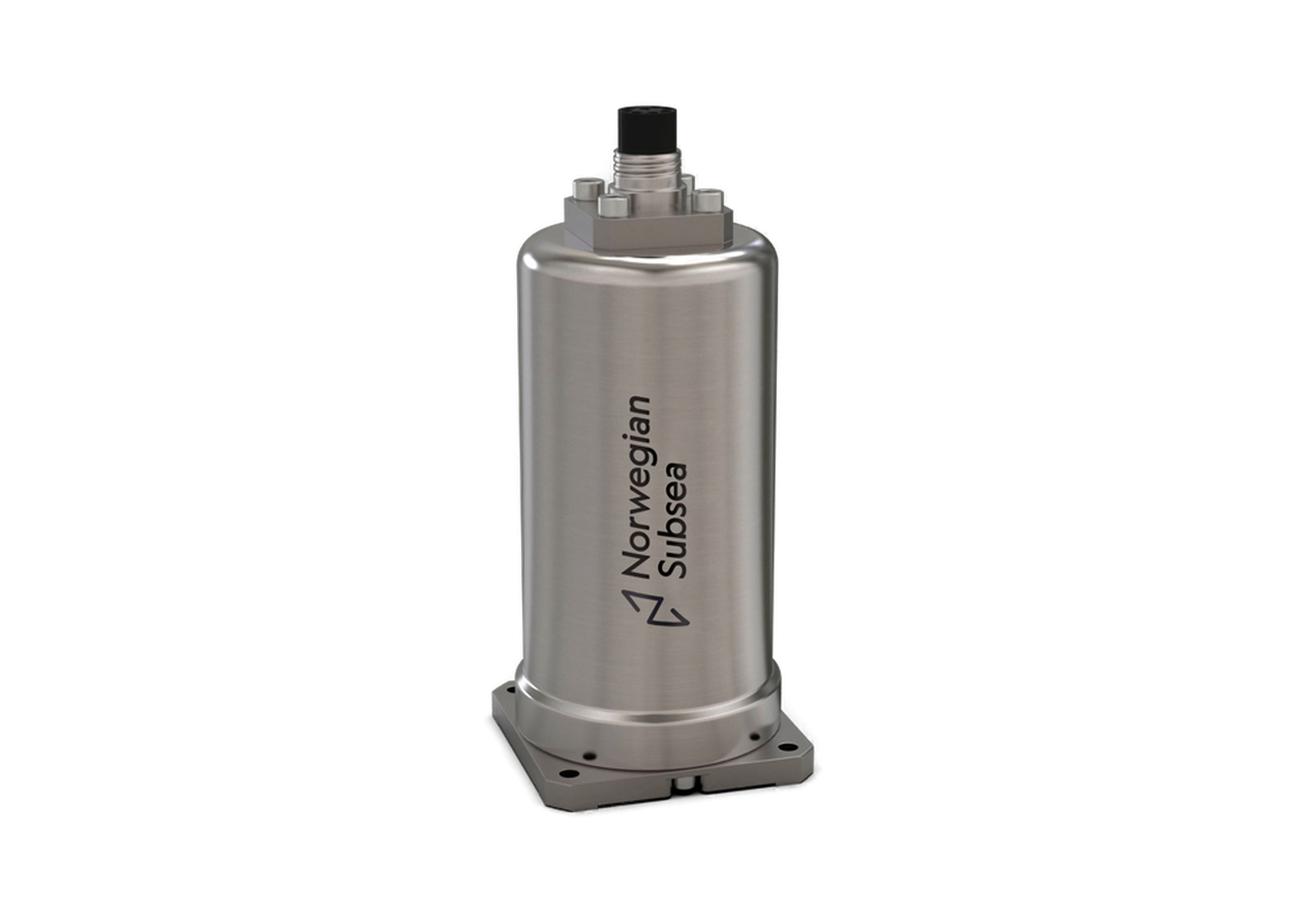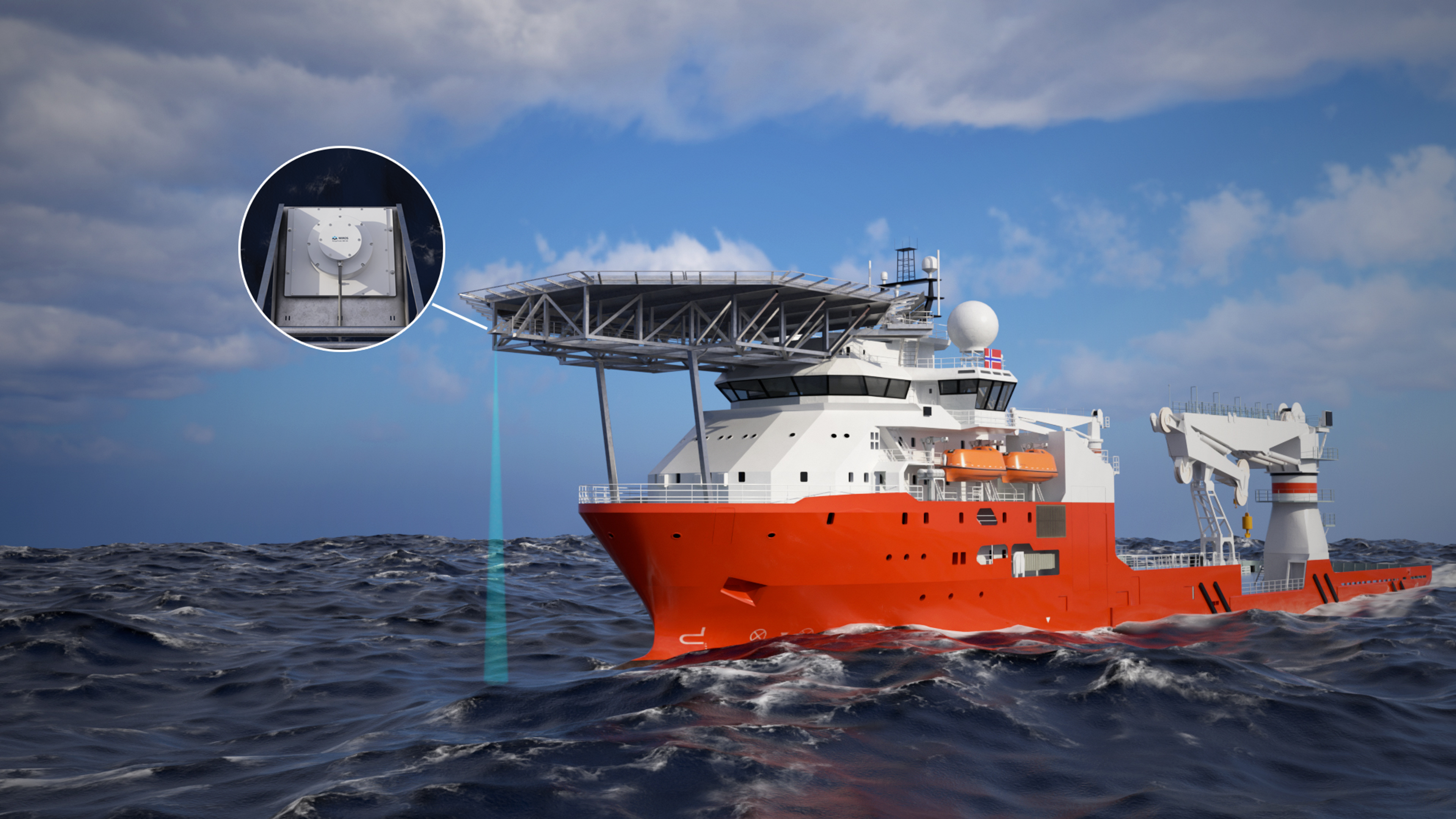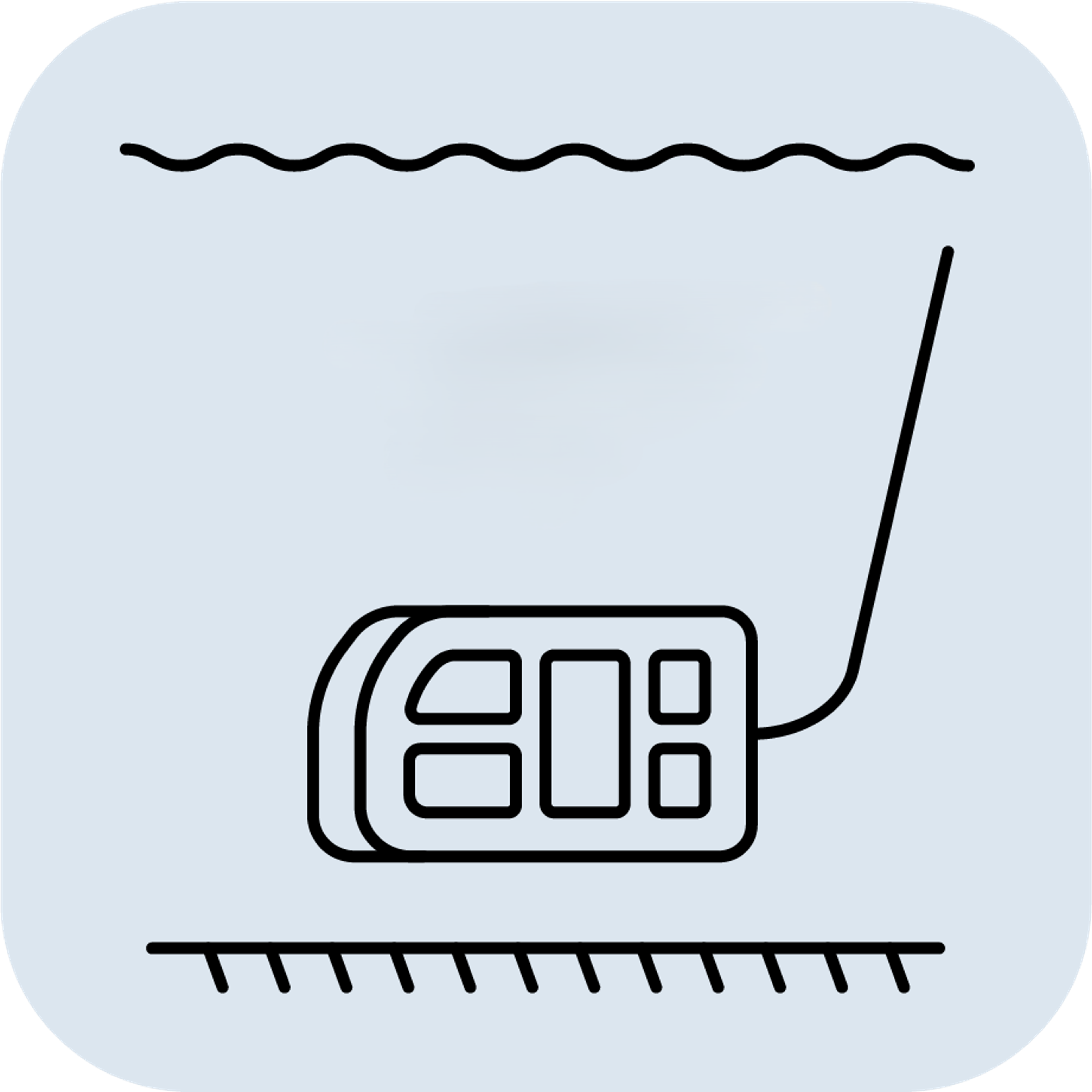How do different subsea ROV motion sensors compare?
Selecting the appropriate motion sensor for a subsea Remotely Operated Vehicle (ROV) is critical for precise navigation, positioning, and tool manipulation. Key comparison factors include accuracy (Roll, Pitch, Heave, Yaw), depth rating, physical size and weight, robustness, ease of integration with ROV control systems, reliability in harsh environments, and overall cost-effectiveness.
Norwegian Subsea offers the MRU Subsea, specifically engineered for demanding underwater applications like ROV operations. This unit features a robust, compact titanium housing depth-rated to 6000 meters, making it ideal for deep-water tasks. We provide different accuracy levels to meet specific operational needs, with Roll and Pitch accuracy options of ±0.05° (Series 3000), ±0.02° (Series 6000), or ±0.01° (Series 9000), and a standard Heave accuracy of 5.0 cm or 5.0%. Our sensors utilize advanced MEMS technology and sensor fusion algorithms, validated in real sea conditions.
Integration is streamlined with the MRU Subsea. It comes equipped with a reliable Subconn connector and supports standard communication protocols like Ethernet (UDP, Modbus TCP, Ethernet/IP) and serial (RS-232 or RS-485), ensuring compatibility with various ROV systems and PLCs. The compact footprint and the ability to mount the sensor in any orientation offer significant installation flexibility on space-constrained ROVs. For applications primarily focused on tilt measurement, a high-accuracy, cost-effective VRU/(Inclinometer) version is also available.
Compared to other options, the Norwegian Subsea MRU Subsea provides a compelling combination of high performance, proven reliability, deep-water capability, and ease of integration at an affordable price point. Our focus on robust design minimizes the need for recalibration, reducing lifetime operational costs for ROV operators.




